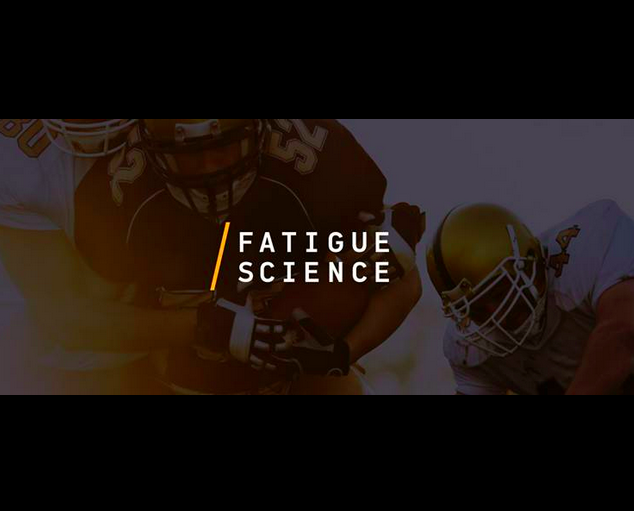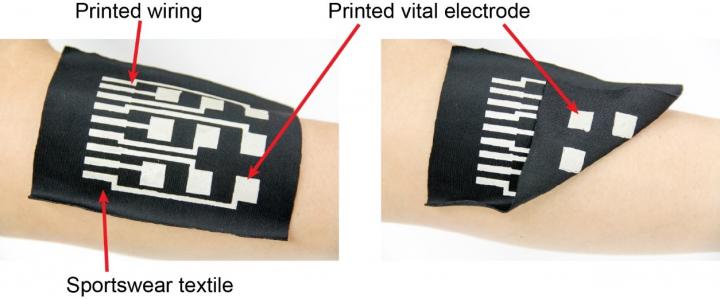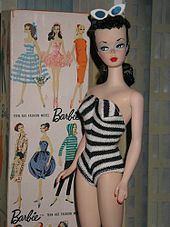Professional reading list for data analysts.
Continue readingData Scientist or Data Analyst: What Do You Know?
I’ve done deliberate and contingency planning in the military using “things you know, things you don’t know, and things you don’t know you don’t know”. I’ve not seen it to describe data science versus analytics, but this is an excellent parable that explains the dark and the light and the grey in between.
Personal Health In The Digital Age
$300 BILLION price tag for non-adherence to prescription drugs? I’m not sure what that means. Who pays the price? Is it the consumer for a drug they didn’t take? Or the government or insurance?
Fatigue Science Lets Pro Sports Teams Track Their Athletes’ Sleep
How well did you sleep last night? The NFL wants to know. Well, actually they want to know about their players. Sleep has been understood as part of a healthy routine for some time, but now quantifying the quality is a new grade of capability. Some NFL teams want to sleep to be a game changer.
China now has more stock traders than Communist Party members
China is a Big Data market that I haven’t explored yet. This blog post reminds me there are so many more facets and possibilities in a really Big Data world.
China now has more stock traders than Communist Party members.
HIRE ME! In praise of “light quants” and “analytical translators”
Great article on the seam of quantitative analysis and decision making.
HIRE ME FOR YOUR ANALYTICAL TRANSLATION!! (NO really, I’d be great.)
In praise of “light quants” and “analytical translators”.
In praise of “light quants” and “analytical translators”
Short Takes…on Analytics
A blog by Tom Davenport, independent senior advisor to Deloitte Analytics
It would be great if “heavy quants” also knew about business problems, and were fantastic tellers of analytical stories as well, but acquiring deep quantitative skills tends to force out other types of training and experience.
When we think about the types of people who make analytics and big data work, we typically think of highly quantitative or computational folks with hard knowledge and skills. You know the usual suspects: data scientists who can make Hadoop jump through hoops, statisticians who dream in SAS or R, data wizards who can extract two years of data from a medical device that normally dumps it after 20 minutes (a true request). Companies lust after these skills, and they are admittedly important and not easy to find. I’m singing the praises in this essay, however, of a different sort of analytical employee who is less widely sought by recruiters. When was the last time you saw a job posting for a “light quant” or an “analytical translator”? But almost every organization would be more successful with analytics and big data if it employed some of these folks.
The two jobs are related, but not identical. A “light quant” is someone who knows something about analytical and data management methods, and who also knows a lot about specific business problems. The value of the role comes, of course, from connecting the two. Of course it would be great if “heavy quants” also knew a lot about business problems and could apply their heavy quantitative skills to them, but acquiring deep quantitative skills tends to force out other types of training and experience.
The “analytical translator” may also have some light quant skills, but this person is also extremely skilled at communicating the results of quantitative analyses, both light and heavy. It would of course be great to have someone with heavy quant skills who is also a fantastic teller of analytical stories, but we are talking about a very small intersection of skills here. In fact, even if you once had strong communication skills, most graduate programs in quantitative fields will tend to drum those skills out. Academics communicate with each other in equations, stilted writing, and footnotes—none of which facilitate good storytelling.
These roles have traveled under the radar for some time, but they are beginning to be noticed. My friend Lori Bieda, who recently headed customer intelligence at SAS and now plays a similar role at a large bank, wrote a SAS paper on the topic.1 The International Institute for Analytics, of which I am a co-founder, argues that “the hot new job in analytics is storytelling.”2 This trend has not gone unnoticed at Deloitte, where the 2014 Analytics Summit was devoted to storytelling.
And some organizations and managers have embraced the light quant and translator roles. I recently spoke with Dr. Pamela Peele, the chief analytics officer of UPMC Health Plan. She’s a passionate advocate for clear communication of analytical results, and she did something about it, hiring someone to play the translator role for her organization. Peele has about 25 “heavy quants” in her organization, but she notes:
“When you ask a PhD statistician to write a report for the C-suite, it’s just not suited for their consumption. So several years ago I hired someone with a journalism background to improve the communication of our results. We had been generating great analytical studies, but they weren’t being translated into action—primarily because no one was consuming those results. The analysts still do the design and analysis, but it’s the storyteller’s job to get the analyst to tell them the story, and communicate the main points. The analysts will be on point 17 without any sense yet of how it will impact the organization. The storyteller’s job is to start at the end—begin with the impact, and then very selectively reveal how the result was achieved.”
Peele notes that some people have questioned the efficiency of having some people do the analysis and someone else do the reporting on it, but she says it’s been both efficient and effective:
“The PhDs are much more productive when they don’t have to spend time writing up their results in an easily understood form. And they’re much happier not having to spend time on it.”
I’ve met several other managers who believed in these light quant and translator roles and made them their analytical advisors. They felt that while these individuals would certainly need to consult with heavy quants on occasion, it was important to have someone who understands both business and analytics at their side. One senior executive at a large bank, who, at the time I interviewed her, was heading the distribution arm of the organization, commented:
“I have an MBA, but I’m not particularly strong in quantitative analytics. But for the last couple of years I have been pushing my direct reports to use analytical thinking in their decisions—for example, opening and closing branches, understanding customer wait times, understanding multi-channel customer interactions, and HR models for sales productivity, hiring, and attrition. In order to address these decisions, I needed to form much closer relationships with a team of quantitative analysts. Our bank has hundreds of quants, but until recently they rarely had close relationships with senior executives. I was one of the first business unit managers at the bank to establish a close working relationship with my analytics team. To do so, I rely heavily on analytical team leaders with moderate analytical skills, but who understand my unit’s business problems and can communicate them to hard-core quants. I have had good results with two such individuals, both of whom have Six Sigma and retail banking backgrounds. I seek quants who will push me to think a bit differently; I don’t want them to try to please, but to challenge my thinking and conclusions.”
This may seem an obvious thing to do, but it’s important to point out that most managers still don’t realize the value of light quants and translators, even though they may be frustrated in their dealings with heavy quants. Even at this executive’s bank, other managers argued (incorrectly, I think) that these positions were a waste of money and scarce openings relative to heavy quants and data scientists.
Organizations need people of all quantitative weights and skills. If you want to have analytics and big data used in decisions, actions, and products and services, you may well benefit from light quants and translators.
New Process Can Print Stretchy Electronics Onto Your Clothes
An update on wearable technology. Sensors that adhere to the skin and transmit their intelligence are not so far away …
Researchers at the University of Tokyo have created a single-step process to print conductive material on cloth, allowing manufacturers to build stretchable wearables that can test vital signs like heart rate and muscle contraction.
From the release:
Now, Professor Takao Someya’s research group at the University of Tokyo’s Graduate School of Engineering has developed an elastic conducting ink that is easily printed on textiles and patterned in a single printing step. This ink is comprised of silver flakes, organic solvent, fluorine rubber and fluorine surfactant. The ink exhibited high conductivity even when it was stretched to more than three times its original length, which marks the highest value reported for stretchable conductors that can be extended to more than two and a half times their original length.
Why is this important? Because it allows for the traces to and from electronic components to be amazingly stretchy. While components like chips and transistors are still hard to pull and bend, by allowing the connectors to bend and stretch in certain places you can create a tighter fit for measurement technologies and even bring connectors up close to your skin. The technology isn’t quite ready for prime time but it should be an interesting addition to the wearables world when it’s commercialized.
Using the Internet of Things to detect asset failures before they occur
IBM repost of Internet of Things (IoT) and big business sensing.
Continue readingTop 5 Data Science Masters Programs
Kind of like the stock market where it’s AMAZING to buy low and sell high, picking a profitable degree can be a matter of being in the right place and the right time. The selling point of this blog post is that we all could use continuing education to benefit from the data world around us.
What Did You Say? Barbie Wants to Know ;)
Hello Barbie is criticized by child advocacy group Campaign for a Commercial-Free Childhood, but she actually is a child’s example of today’s privacy world.
Continue reading


